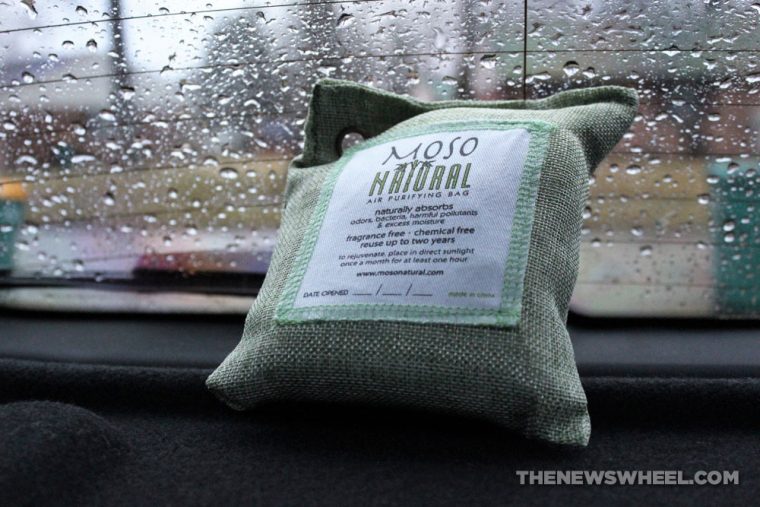

Changes in temperature, light, and humidity bring out the smell and help recirculate these particles- even just switching on a lightbulb where there’s buildup brings the smell back with a vengeance.

They’re especially good at clinging to textiles like upholstered furniture, curtains, clothing, and worst of all, carpeting and rugs. Compounds from cigarette smoke permeate both hard and soft surfaces like walls, fixtures, molding and furniture.

Tobacco smoke particles and compounds are tiny, stick to every surface they touch, and can penetrate just about anywhere, circulating in ventilation systems and up through floors in multi-unit residential and office structures. To chemically alter an offensive-smelling compound or eliminate it, physical contact between the molecules of the cleaning molecules and the molecules causing the smell has to occur. Most smoke removal products on the market today don’t live up to their claims, are temporary fixes, and usually mask the odor with synthetic fragrance. Every time this residue is exposed to light, warmth, or a change in moisture, it oxidizes and degrades, and the smell just gets worse. Tobacco smoke from cigarettes, vaping, or other products leave sticky, greasy films and residues. It’s often referred to as thirdhand smoke, and exposure can pose a significant risk to your health. This odor is caused by the residue smoke leaves behind. Among the most offensive and hardest to remove odors is cigarette smoke odor. Odor removal is one of the most common but least understood problems property owners face.


 0 kommentar(er)
0 kommentar(er)
